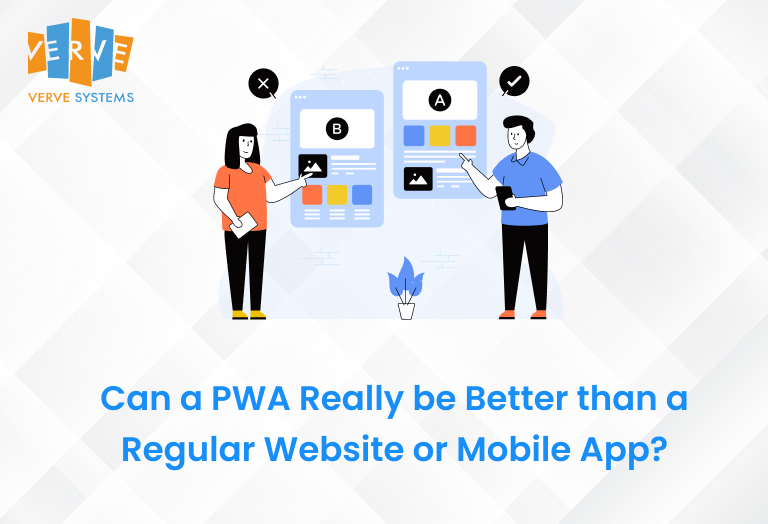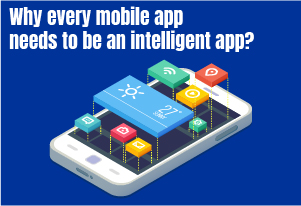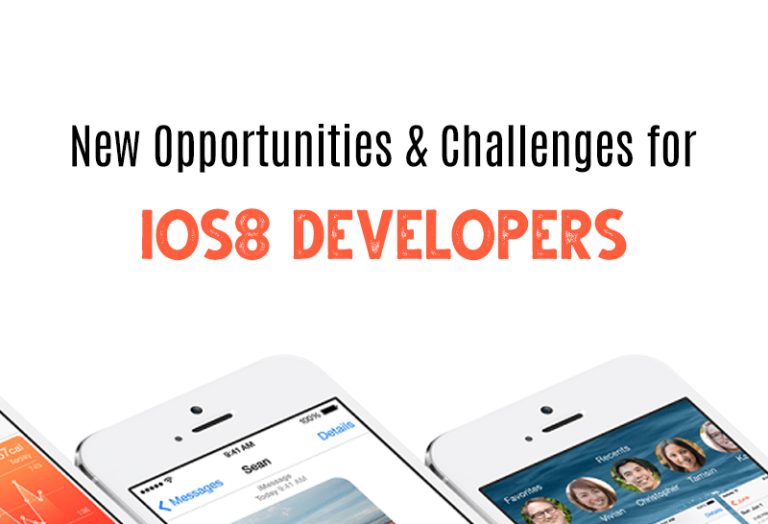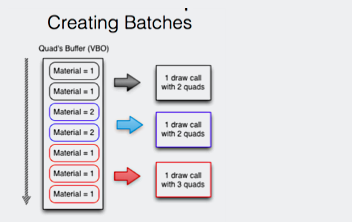Objective C or Swift has been a subject of heated discussion for the past couple of years. Swift is a universal, powerful programming language created by Apple as an alternative to Objective C. It was officially released in 2014 and has become the most sought after programming language for iOS development ever since.
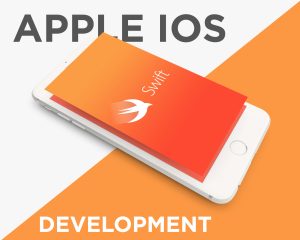
So, why choose Swift for your new iOS development project?
Swift apps are fast
From the very beginning, Apple has positioned swift as a lightweight programming language that is fast and the name speaks for itself. Studies show that swift is more than 2.6 times faster than Objective C. When it comes to a customer facing application even a small difference in speed makes a big difference in the success of your application. So, if your product needs to handle swift computations or complex business logic, speed becomes very important.
Built with safety in mind
With Swift, developers can use advanced error handling and can avoid unpredictable behaviour – leading to fewer crashes and bugs.
Your app will be future proof
Swift provides the tools and resources to build apps for every device in the Apple ecosystem – Apple watch, Apple TV out of the box which means 100% compatibility and allows you to make use of the full potential of the hardware without any limitations.
Better maintainability
Swift uses less code and reduced cost of maintenance. It is a compact language. It is known to require less code to perform the same tasks as Objective C. There is an overall reduction of the code base by 50 – 60% while keeping the same functionality and performance.
Swift is growing really fast. Being open source, it has many free tools, libraries and frameworks that can speed up development, save time and money too. It is predicted to expand beyond the apple ecosystem too and will be applied for a number of other backend development projects.
Apple is not the only big name behind Swift. IBM too is working towards bringing the language to the cloud and advancing it for server side usage.
Above all, Swift completely redefines the way you understand and experience mobile apps. It provides an enhanced user experience as compared to its predecessor – Objective – C
